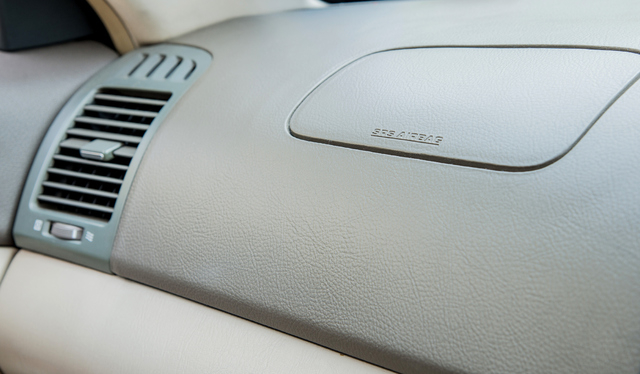How important is it to get recall work done?

Recalls continue to be in the news. There’s the Takata air bag recall, which affects 14 manufacturers and upward of 34 million vehicles, as well as faulty seatbelts on Toyota SUVs and Honda Civic engine problems.
The most famous is, of course, the Takata recall, which involves a supplier to many manufacturers hiding information about faulty air bag inflators that have been responsible for 10 deaths. To date about 1 in 4 cars with the Takata parts have been fixed.
Right now, according to Carfax, which produces vehicle history reports, there are more than 47 million vehicles in the U.S. that have at least one unfixed safety recall. The company’s annual research on the issue suggests a net increase of more than 1 million vehicles from last year. The National Highway Traffic and Safety Administration said new recalls were issued for more than 51 million vehicles in 2015, the most-ever in a year.
There’s been some frustration as people wait for their turn to get their recall work done. But NHTSA is advising consumers to be patient. One thing you should not do is take matters into your own hands and deactivate your air bags.
Curious if your car might be on the list? Here’s the government website where you can check: http://www.safercar.gov/rs/takata/takatalist.html. You may not have received a recall notice if the manufacturer can’t find you. It happens.
NHTSA has broken down the Takata recall urgency this way:
■ Priority Group 1: Highest risk vehicles, generally those from model years 2008 or older that have spent time in the high absolute humidity region and that have either a recalled driver-side inflator or both driver- and passenger-side inflators.
■ Priority Group 2: Intermediate-high risk vehicles, generally including all vehicles with driver-side inflators that are not in Group 1 and vehicles with certain passenger-side inflators that have higher rupture frequency and have spent time in the high absolute humidity region.
■ Priority Group 3: High-risk vehicles, generally including vehicles outside the high absolute humidity region with only passenger-side inflators, or those in the humid region with certain passenger inflators that have lower risk of rupture.
■ Priority Group 4: Vehicles that will require an interim remedy (a remedy inflator that may contain the same defect as the recalled inflator) because alternate parts are not available. These vehicles are fourth priority because once the vehicles have been remedied with the interim part of the risk of rupture is significantly reduced in the years just after the interim remedy is installed.
What should you do if you get a recall notice and then nothing happens? The answer is a qualified, “It depends.” Years ago, Ford recalled hundreds of thousands of Windstars because the rear axles would rust through and break. In most instances, it was a case of when the Windstar was going to break, not if. That required Ford to issue loaners while the repairs were being done.
The same can’t be said of the Takata recall. While no death is a good thing, from a statistical standpoint the odds of fatalities are minor because they only happen when the air bag inflates.
One important thing to keep in mind is not to buy a used car that has not had the Takata recall work done. Make the seller prove it to you. Online sites like Carfax and Autocheck also can provide the information but a responsible seller will have proof the work has been done.
What about other recalls? It’s a case-by-case basis but you should really avoid buying any used car with a safety recall. It’s just a headache you are buying into. Much like you wouldn’t buy a home needing repairs, you shouldn’t buy a used car needing repairs unless the seller makes it worth your while.